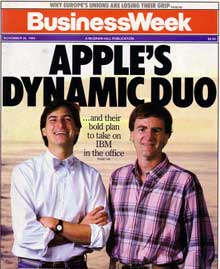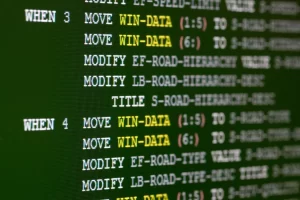Archive for April 8, 2025
John Sculley Joins Apple

John Sculley is named president and CEO of Apple Computer after Steve Jobs convinced him to leave his position as president of PepsiCo. While Steve Jobs wanted the position of president for himself, then-CEO Mike Markkula did not think Jobs was ready to take on that responsibility.
Jobs wanted Sculley based on his success growing Pepsi’s marketshare against Coke. He wanted that same type of marketing success for Apple against IBM. Part of computer industry lore, Jobs reportedly asked Sculley, “Do you want to sell sugar water for the rest of your life or do you want to come with me and change the world?”
Ultimately, Sculley and Jobs entered into a power struggle, Sculley convinced Apple’s board of directors to strip Jobs of all power within the company, and Jobs left Apple. One has to wonder how the computer industry would be different today if Steve Jobs had been given lead of his company in 1983 instead of Apple opting for “adult supervision”. Recent history with companies such as Facebook, Google, and even Apple since Jobs’ return, has shown that visionaries can make great leaders of technology companies.
Genesis of COBOL
Mary Hawes, a computer scientist for the Burroughs Corporation holds a meeting of computers users, manufacturers, and academics at the University of Pennsylvania for the purpose of creating a common business oriented programming language. At the meeting, representative Grace Hopper suggested that they ask the Department of Defense to fund the effort to create such a language. Also attending was Charles Phillips who was director of the Data System Research Staff at the DoD and was excited by the possibility of a common language streamlining their operations. He agreed to sponsor the creation of such a language. This was the genesis of what would eventually become the COBOL language. To this day COBOL is still the most common programming language used in business, finance, and administrative systems for companies and governments, primarily on mainframe systems with around 200 billion lines of code still in production use.

